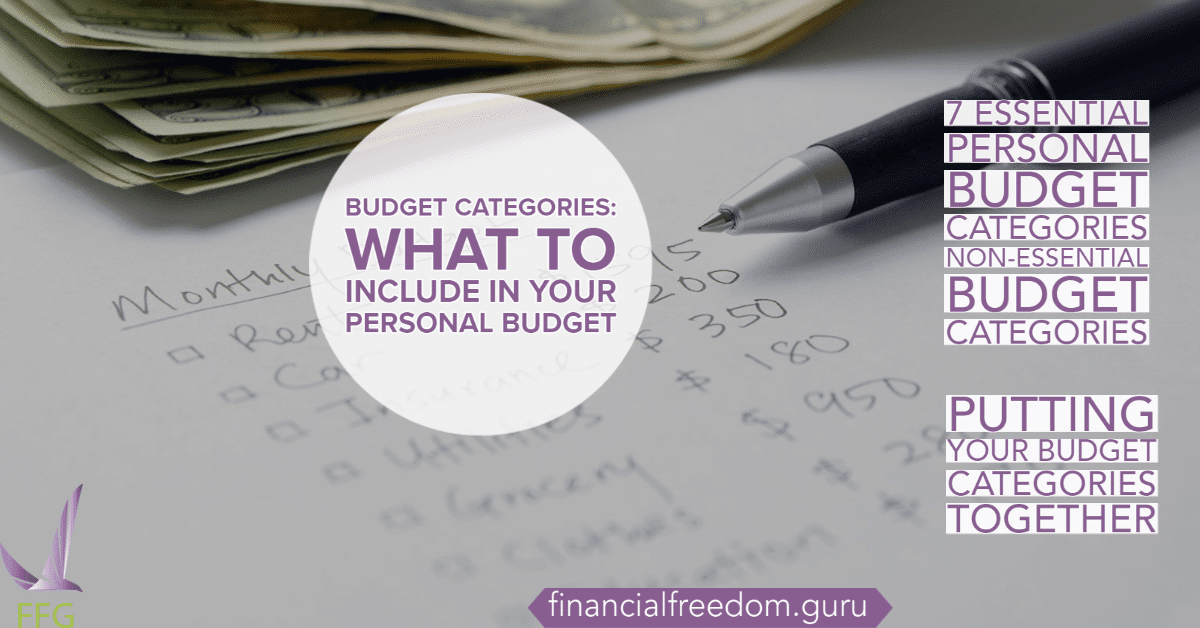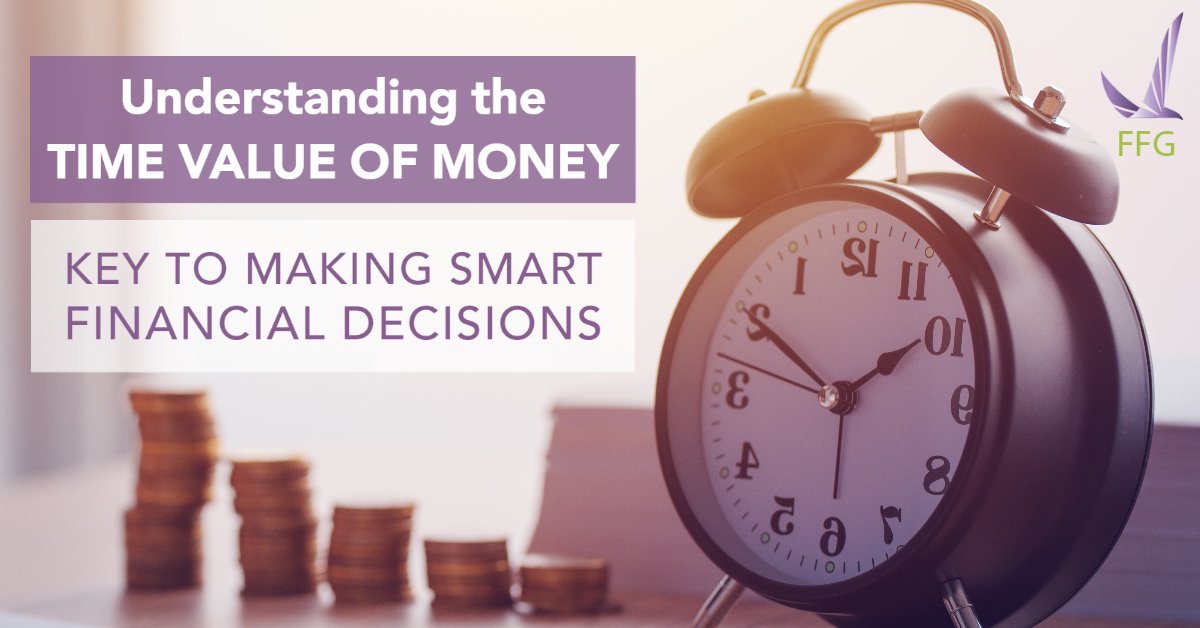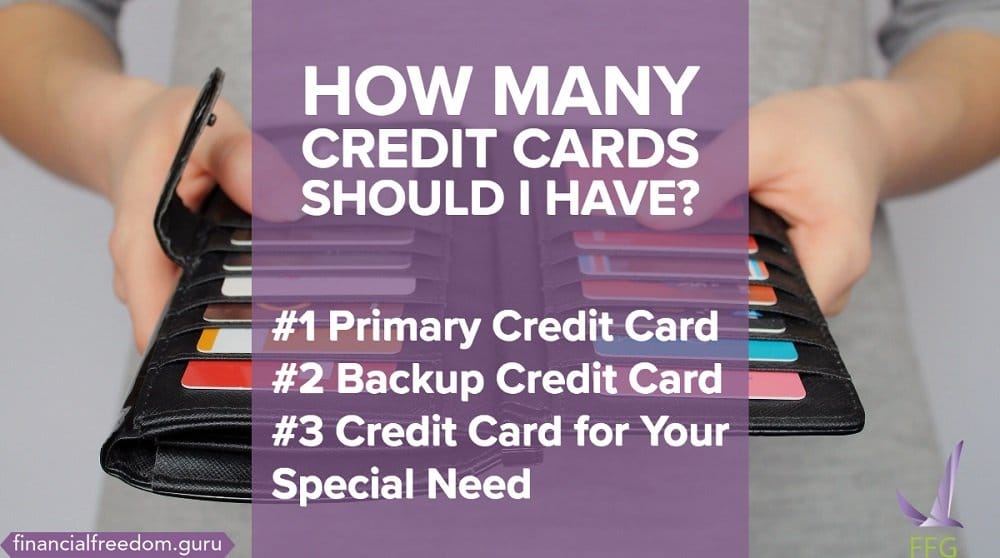Budget Categories: What to Include in Your Personal Budget

Updated: November 25, 2022
Sometimes, you get put off by budgets because they seem complicated or time-consuming, but a budget is basically just planning what to do with your money.
Check out these good reasons to budget—by taking control of your money, you never worry about paying bills on time. You’re also growing your savings, and you’re able to enjoy things in life right now.
When you see it that way, It’s not hard to budget!
By separating your spending and expenses into budget categories, you’ll see how you spend money (including some things you may be overspending on). It’s called your personal budget categories, and knowing this information is the key.
Our guide explains a budgeting tool called a budget categories list to help you get on track towards a great financial future.
Table of Contents
7 Essential Personal Budget Categories
A budget categories list takes your personal financial situation (also called your personal budget categories) and separates them, making your expenses clear and easier to review.
A personal budget uses your disposable income as the foundation. Disposable income is your take-home pay after deductions like taxes or a company retirement plan. Generally, your personal budget includes these essential categories: food, housing, clothing, transportation, utilities, and insurance costs.
Let’s look closer at these essential categories in every personal budget:
Housing
Whether you own or rent, a large chunk of your disposable income probably goes to paying rent or a mortgage. Property taxes, HOA dues, and home maintenance costs also get included in the housing expense category.
Transportation
Transportation is a broad category, but generally, everyone needs some form of transportation. For example, owning or leasing a car means expenses like car payments, vehicle registration, DMV fees, gas, maintenance, parking, and tolls. On the other hand, public transit can be a significant expense if you take trains or the bus.
Food
This category is pretty obvious, as well as essential. But it includes more than just grocery bills. If you eat out frequently or get food delivered in, try and include these items in your food expense category.
Suppose you enjoy excellent wine or spirits or some pricey hors d’oeuvres. In that case, these are considered non-essential pleasures, and these expenses should get tracked in a non-essential category on your budget—we’ll discuss that in a bit.
Utilities
People sometimes consider utilities a housing expense because it includes electricity or gas, water, and sewer billing. It’s true, but utilities get considered a separate category because they also include cell phone plans, cable, and internet billing that aren’t related to the roof over your head.
Insurance
People pay for many different types of insurance. Some people track all their insurance expenses in one category, while others put home insurance under housing and car insurance under transportation. As long as you’re tracking these expenses, do whatever is best for you.
The insurance expense category includes:
- health insurance
- homeowner’s or renter’s insurance
- home warranties or protection plans
- auto insurance
- life insurance
- disability insurance
Medical & Healthcare
Behind food and housing, health and well-being are essential categories. Therefore, your budget should always include a category for medical and healthcare costs. By tracking routine medical expenses, you can plan for a lifetime of good health, and that just makes life better.
These are typical medical and healthcare expense categories in a personal budget:
- out-of-pocket costs for primary care
- specialty care like dermatologists, psychologists, physical therapy
- dental care
- urgent care
- prescriptions
- medical devices and supplies
Some people include health insurance in this category. The choice is yours.
Saving, Investing, & Debt Payments
Housing, food, and healthcare are essential personal budget categories. In addition, the category for saving, investing, and paying off debt is significant because saving now (while also decreasing your debt) will significantly improve your financial health in the future.
It’s not uncommon to get hit by unexpected financial challenges like a job loss or loss of income due to a car accident or a medical issue. Try to start an emergency fund for unforeseen expenses such as medical bills. A retirement account is another worthwhile expense to consider in this category (including your 401(k) or your IRA).
A final note about debt payments: most people can relate to debt expenses in the budget category! It’s essential to pay down high-interest debts, including credit card bills, personal loans, or student loans.
Non-Essential Budget Categories
Now that we’ve discussed budget categories for essential needs, we can turn to the “good stuff!” These are non-essential budget items like personal spending, recreation, and gifts. In your personal budget, the money you use to pay for non-essential items is called your discretionary income.
The important thing to remember with non-essential budget items is, they’re the most manageable expenses to cut back on when you’re trying to decrease your debts and build up your savings.
Personal Spending
A personal spending budget category means any personal care item or even a “lifestyle” expense, including:
- Fitness memberships
- Formal attire (non-essential wardrobe and shoes), jewelry
- Interior decoration and home furnishings
- Gifts
Sometimes grocery items get confused for personal care items. An example is soaps or laundry detergent. These are essential for health and cleanliness so that you can track these expenses in your grocery category.
Fun Money
It’s essential to include a budget category for entertainment and recreation. We call it your fun money!
Leisure time is necessary for a healthy work-life balance. Your fun money budget category includes:
- Tickets to a concert or sporting events
- Family vacations or day trips
- Streaming services like Netflix or Hulu subscription
- Coffee shops or Happy Hours
- Online gaming
- Other hobbies that interest you
When your budget is on track, you’ve earned the right to spend your fun money how you wish. Enjoy!
Miscellaneous
A miscellaneous budget category is like an overflow. Keeping a small portion of your discretionary income for miscellaneous expenses makes your budget so much easier to track.
For instance, if you go to a family haircutting salon occasionally to get haircuts for your kids, it’s hard to determine whether this is an essential or non-essential expense. Tracking small budget items like family haircuts in the miscellaneous category allows you to account for your money entirely. And that comes in handy in the long term!
In Conclusion: Putting Your Budget Categories Together
We’ve laid out the budget categories for you, and you can even adjust the categories to what works best for your budget planning.
If you want even more great tips on customizing the best budget for your needs, check out the 50/30/20 budget rule for distributing your money into needs, wants, and investments budget categories.
Budgeting apps are also popular and secure ways to learn convenient budgeting methods.
One good takeaway is that budgets aren’t created equal. So if you’re struggling with your budget for a few months, try out another method or make some minor adjustments to your current budget so it works better for you.
Budgeting is a learning process, and it takes a bit of discipline. But you’ll appreciate the results you will see with the proper budget, and it will undoubtedly be worth your valuable time and effort.




